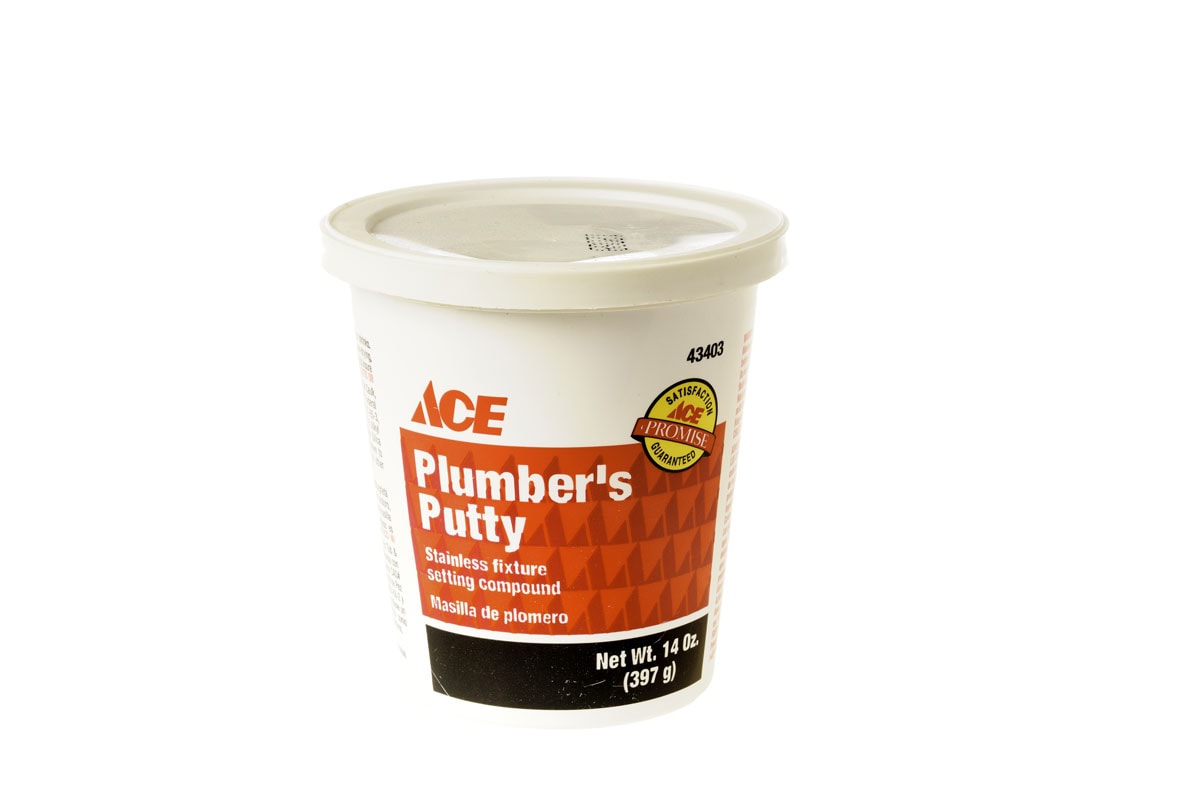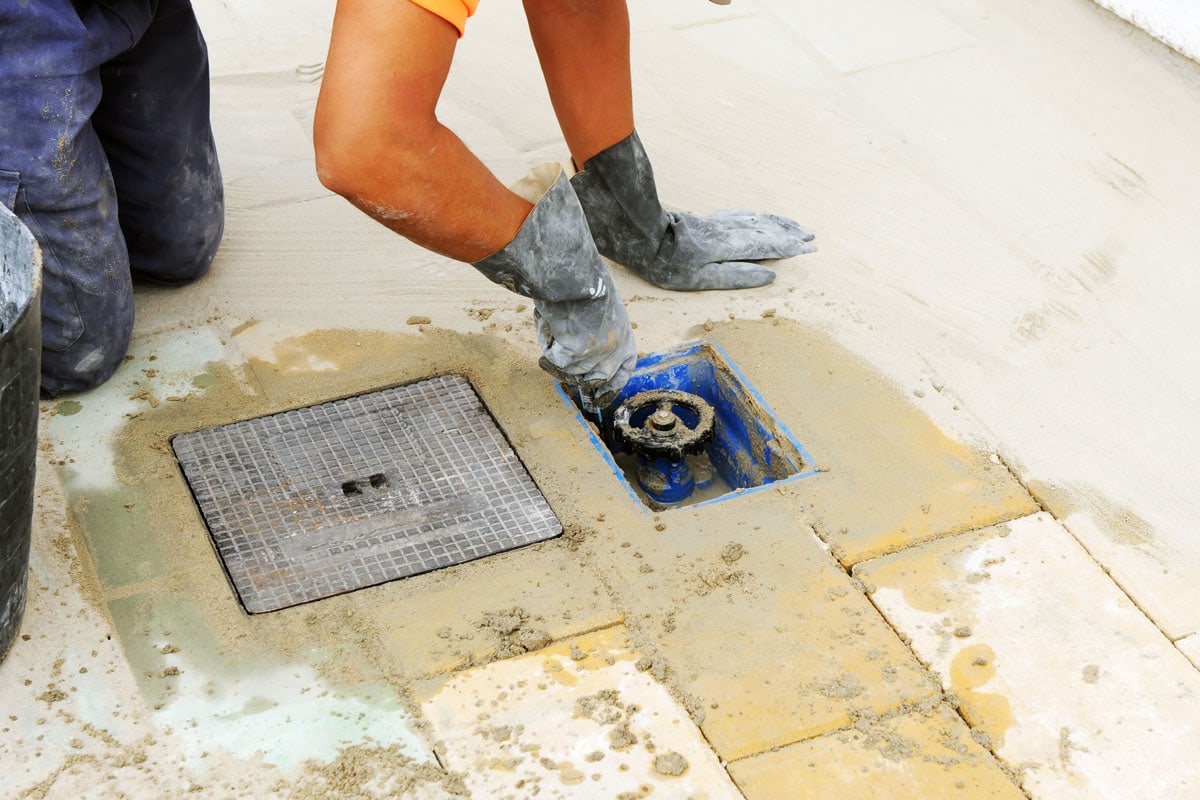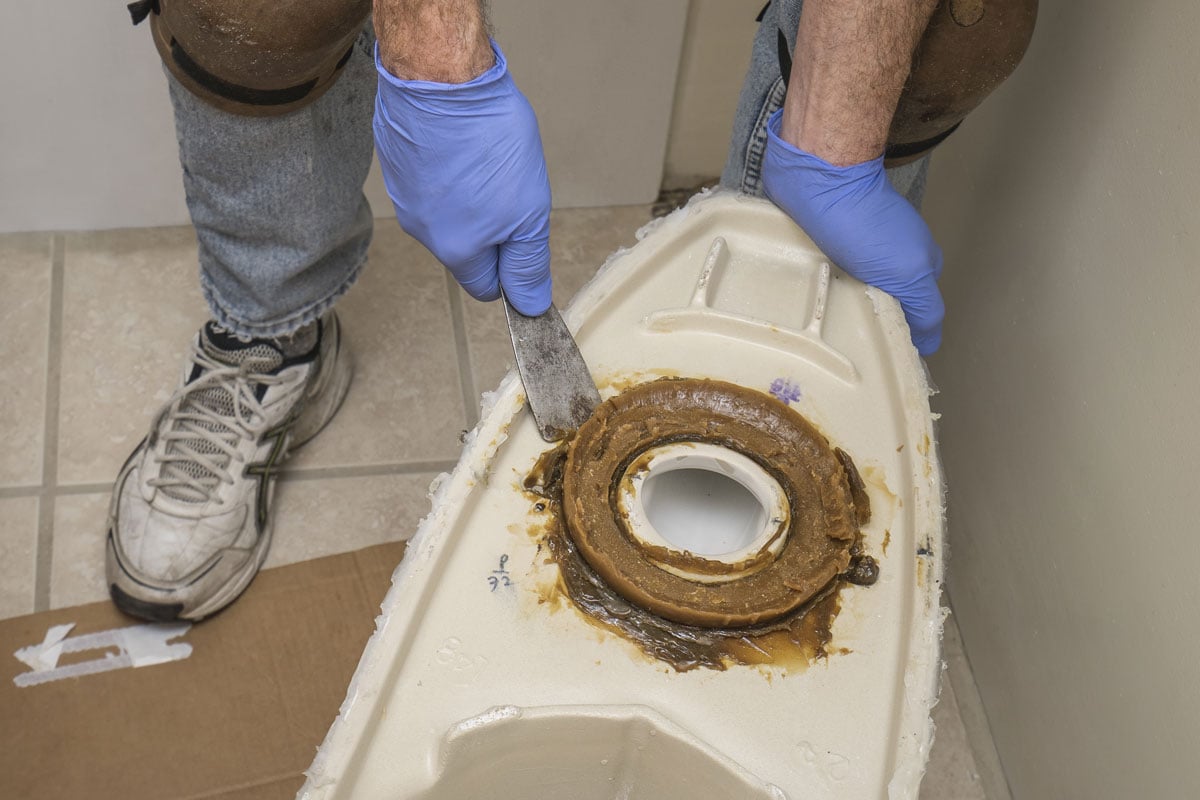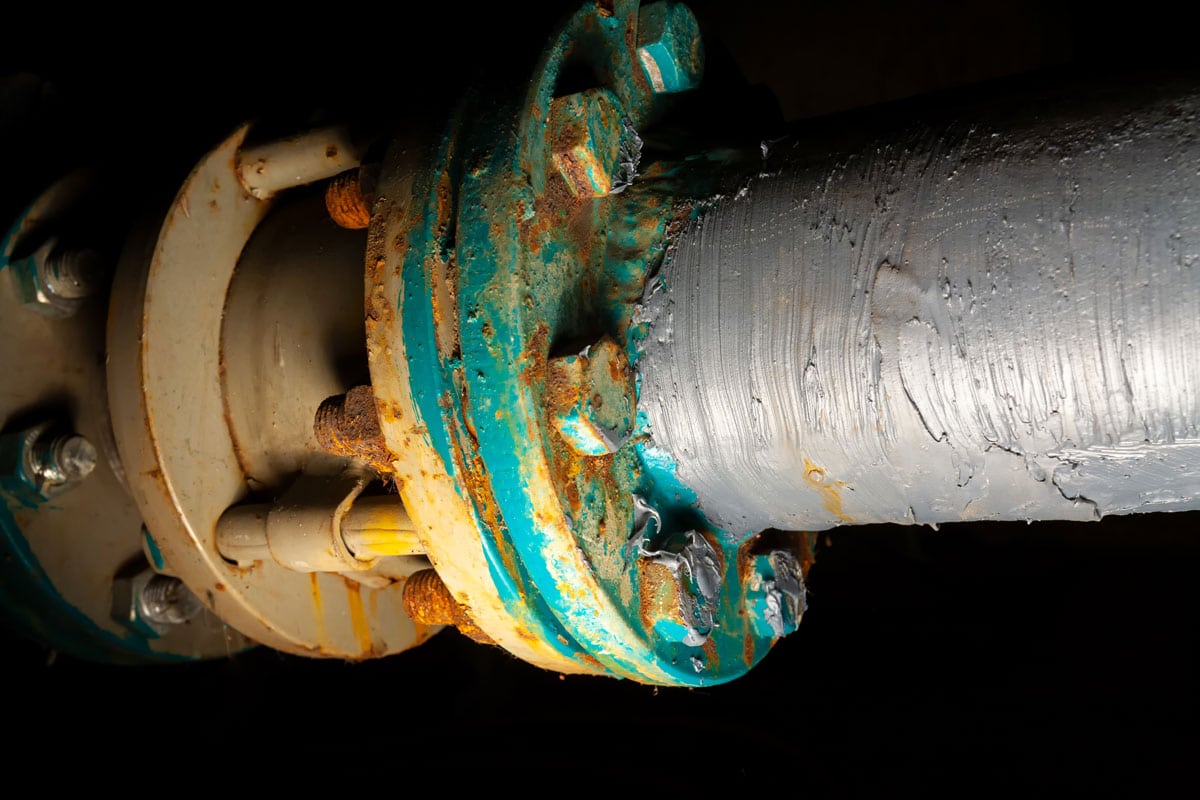Plumber's putty is a versatile and essential tool for any DIY enthusiast or a professional plumber. As time passes, however, a plumber's putty can become hardened and difficult to work with, making it less effective as a sealant.
In this article, we will explore various methods to soften plumber's putty, allowing you to make the most of this indispensable resource.
Before diving into the techniques to revive your hardened plumber's putty, it is important to understand its primary purpose.
Plumber's putty is typically used as a sealant for sinks, faucets, and other plumbing fixtures. The consistency of the putty should be soft and pliable to ensure a proper seal and prevent leaks. With this in mind, let's discuss some of the most effective ways to soften your plumber's putty.
There are several easy methods of softening plumber's putty, ranging from using household items to applying heat. We will examine these different methods in this article, helping you choose the one that works best for your needs.
Additionally, we will provide you with helpful tips and guidance on how to achieve the perfect consistency, ensuring optimal results for your plumbing projects.

Why Softening Plumber's Putty Is Important?
Softening plumber's putty is essential for several reasons. First, it allows you to work with the material more effectively, making it easier to mold and manipulate around various fixtures and joints.
Click here to see this plumber's putty on Amazon.
Working with softened putty ensures that you can create a tight, reliable seal, preventing leaks and other issues in your plumbing system. Because of its flexible and easily moldable nature, plumber's putty has become a popular choice among professionals.
Softening the putty further enables you to stretch it without breaking or tearing, which is crucial when you need to fit it into tight spaces or around complex fixtures. The more pliable the putty, the better it will form a watertight seal.
Another important aspect of softening a plumber's putty is its longevity.

If the putty dries out or hardens over time, it can lose its effectiveness, leading to potential leaks or even structural damage in your plumbing.
By softening the putty as needed, you can maintain its performance and ensure that it continues to provide reliable, long-lasting seals.
Methods to Soften Plumber's Putty
When softening a plumber's putty, it is crucial to determine the most suitable method based on the degree of hardness and to take care to preserve the putty's properties.
Keep in mind that it is essential to keep the putty soft and pliable for easy application.
In this section, we will discuss three effective methods for softening plumber's putty. Each method has its unique advantages and is suitable for different situations.
Using Your Hands
One straightforward technique for softening a plumber's putty is to use your hands.
Warmth and friction from your hands can help make the putty more pliable, especially if the putty has just started to harden. You may also add a couple of drops of water or hand lotion to the putty, which will help to maintain its flexibility.
Click here to see this hand lotion on Amazon.
Remember to only use a small amount of water or lotion so as not to make the putty too thin.
Applying Heat
If your plumber's putty has become fairly hard, applying heat can be a helpful technique. This method involves heating the putty in a microwave-safe bowl for a few seconds.
Be sure to monitor the heating process closely, as overheating the putty can make it difficult to work with.
After microwaving, use a spoon or your hands to mix the softened putty until it reaches the desired consistency.
Adding a Solvent
In cases where the plumber's putty has become very hard and unmanageable, adding a solvent can be an effective solution.
To soften the putty, mix in a small amount of hair gel or a similar product. Ensure that the solvent is mixed thoroughly with the putty to achieve a uniform consistency.
Click here to see this hair gel on Amazon.
Note that some solvents may cause the putty's properties to change, so be sure to test the effectiveness of the softened putty before using it on critical projects.
Working with Softened Putty
After properly softening your plumber's putty, you're now ready to work with it for your plumbing tasks.
In the following section, we will discuss how to apply the softened putty and store any leftover material efficiently. By following these guides, you can effectively apply softened plumber's putty and store any leftover material for future projects.
Keep in mind that proper preparation and attention to detail are crucial when working with plumber's putty to ensure a strong, durable seal.
Applying the Putty
Before applying the putty, make sure to clean the surface you're working on. This ensures a strong bond between the putty and the surface.
Take the softened putty and roll it into a thin rope-like shape, about a quarter-inch in diameter, using your fingers.

Then, press it gently onto the surface, making sure it adheres properly. Be careful not to apply too much pressure, as it might cause the putty to crack or break.
If you're sealing a joint, such as a faucet or a drain, place the putty around the base of the fixture before positioning it on the surface. Secure the fixture by tightening the bolts or nuts, and remove any excess putty that may have squeezed out during the tightening process.
Storing Leftover Putty
In case you have softened more putty than you actually need, it's important to store it correctly for future use.
Leftover putty should be placed in an airtight container to prevent it from drying out.
Click here to see this airtight container on Amazon.
You can also wrap it in plastic wrap or place it in a plastic bag, making sure to remove any excess air.
Store the container in a cool, dry place away from direct sunlight, as exposure to heat and light can cause the putty to harden over time.
Tips for Handling Plumber's Putty
When working with plumber's putty, it's essential to keep a few tips in mind. First and foremost, always ensure that the putty is compatible with the material you're working with.
For instance, some putties may stain certain surfaces, so it's important to choose the right type of putty for your specific application.
When it comes to softening plumber's putty, there are a few methods that you can use.

One popular approach is to mix a small amount of hand lotion into the putty, along with some hot water. This combination will help loosen up the putty, making it easier to work with.
It's also important to knead the putty thoroughly before using it.
Place the putty on a flat surface and use your hands (with gloves, if you prefer) to work the material until it becomes pliable. This process will help break down any hardened sections and make the putty easier to apply.
Click here to see this pair of gloves on Amazon.
When storing plumber's putty, keep it in an airtight container to prevent it from drying out.
If you happen to have excess putty after a project, it's a good idea to store the leftover material in a separate container.
Lastly, always remember to clean up your workspace after using the plumber's putty. A clean and organized work area will make future projects easier and more efficient.
Unlocking Putty Perfection
By now, you should have a solid understanding of how to effectively soften a plumber's putty to get the most out of your plumbing projects.
Remember, applying the right techniques such as using water and hand lotion or reheating the putty in the microwave can make all the difference in achieving a pliable consistency.
As you work on your plumbing endeavors, it's essential to prioritize safety and avoid overheating the putty, as this can result in toxic fumes.
Additionally, always store your plumber's putty in a tightly sealed container to ensure it stays fresh and ready for use.

Keep practicing and honing your skills, utilizing the expert advice discussed throughout this article. With commitment and patience, you'll master the art of softening and using a plumber's putty with ease.
Trust in your abilities and let your newfound knowledge guide you as you tackle your next plumbing project with confidence and precision. Happy plumbing!
Don't miss out on some amazing topics below that are sure to capture your interest! Take a moment to explore and discover something new:





